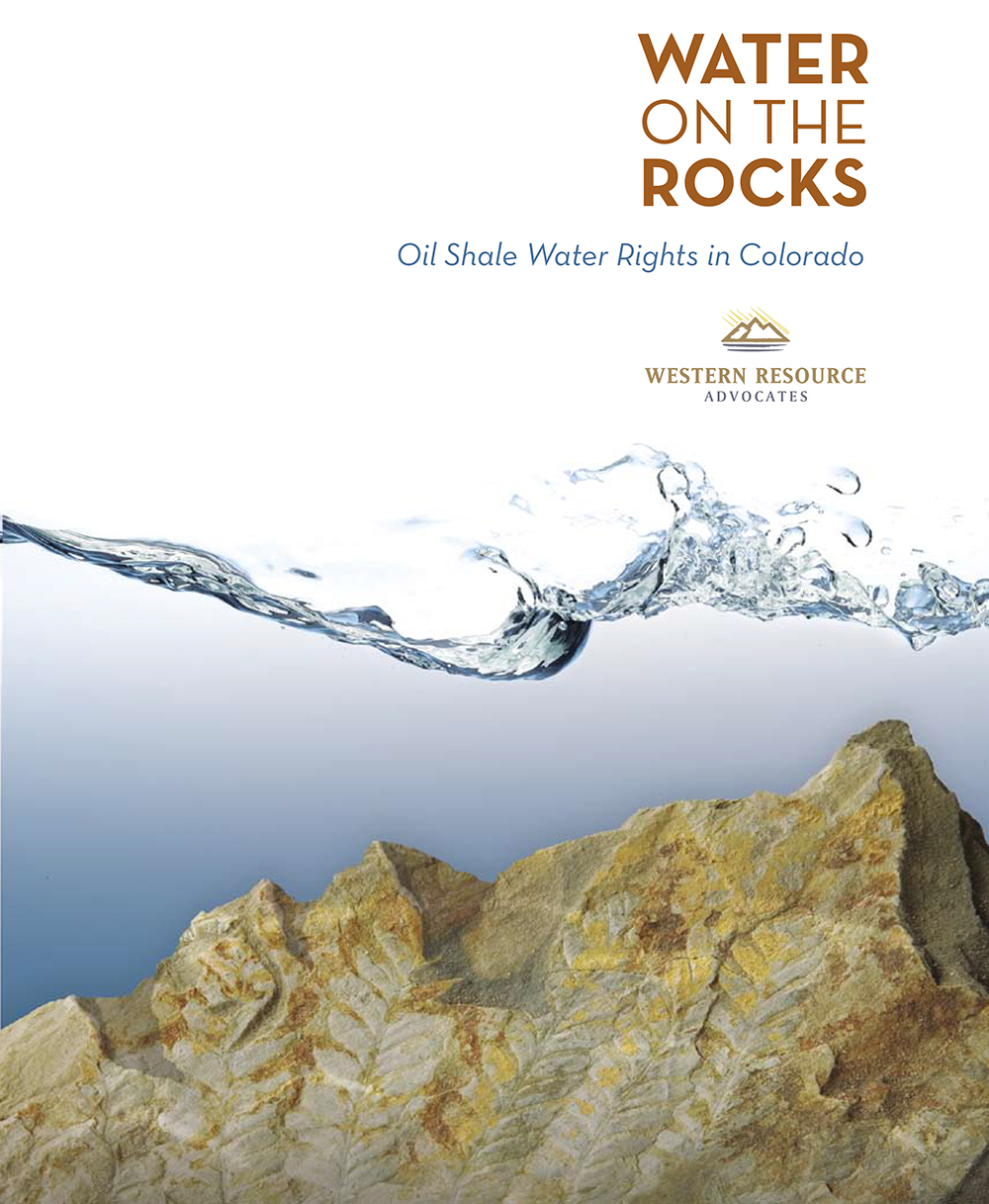Double Your Gift Today
Goal
$25,000
Through December 15, a group of loyal WRA supporters are matching new and increased gifts — up to $25,000
Your gift today has twice the impact in the fight against climate change.

Colorado’s oil shale deposits are once again the focus of potential development, intensifying the need to quantify the possible impacts to already limited water supplies. Development would require the use of large quantities of water — perhaps as much as 3-4 barrels of water for each barrel of shale oil for direct use, plus additional water for indirect demands, such as electricity generation and an increased population. Given the magnitude of development the U.S. Department of the Interior’s Bureau of Land Management projects is one-day feasible, as much as 378,000 acre-feet of water could be required annually to support oil shale development, more than the Denver Metro area uses each year.
Companies with an interest in oil shale development own enormous portfolios of water rights. While there is great uncertainty with respect to the manner in which these rights will be developed and used, the consequences of such development are unquestionable. Among the many likely changes in the use of Colorado water resulting from oil shale development are changes in existing irrigated agriculture, limitations on existing and planned water development for the Front Range and the West Slope, and likely limitations on other water development for new uses on the West Slope. While these general impacts are relatively easy to project, it is harder to identify the exact development scenarios and the resulting impacts on a given water right or a specific project. This report helps frame these and other issues central to the many technical and policy questions posed by oil shale development. The report: